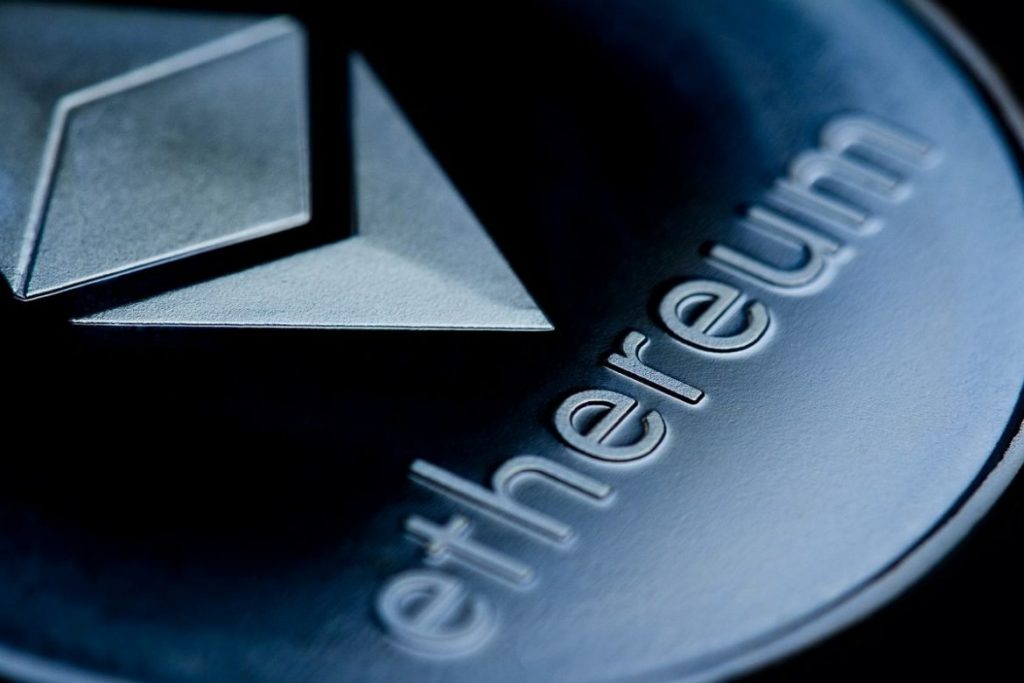The much-awaited Ethereum upgrade Constantinople has finally been released. The upgrade was delayed multiple times due to security vulnerabilities being discovered in its underlying code.
The Constantinople upgrade was activated simultaneously with the St. Petersburg upgrade at block peak 7,280,000 on February 28.
Currently, not all Ethereum users have switched to the network upgrade. At the moment, 41.8 percent of Parity and 24.1 percent of Geth clients have adhered to the change.
After A Number of Delays, Constantinople Is Here
The Constantinople upgrade was initially set to happen on November 2018, but it was delayed after several bugs were found in the upgraded protocol on its Ropsten test network.
The latest postponement was prompted by a report made by smart contact firm ChainSecurity which disclosed that certain flaws were discovered in the code’s upgrade.
According to the report, the Ethereum Improvement Proposal (EIP) 1283 which was included in the software upgrade, could have led to the creation of a loophole on the Ethereum network.
This vulnerability is called a “reentrancy attack,” in which hackers could have used the loophole to gain access to specific functions on the network on multiple occasions and take funds without the victims knowing. The hacker could have continued stealing funds undetected for a long period of time.
This report is what made Ethereum’s core developers to once again delay the release. On January 18, developers decided to fix the issue by taking a new approach, which involved removing the affected EIP in the upgrade.
Ether Rewards Reduced
Constantinople will reduce Ethereum block rewards for miners from three Ether (ETH) tokens to two ETH. The previous hard fork of Ethereum, Byzantium, also implemented a reduction in block rewards, lowering the reward from 5 ETH tokens to 3 ETH.
The two upgrades will include other changes and new functions for Ethereum’s blockchain, the most important aspect which is expected to see improvement is the network’s scalability.
Other anticipated improvements include the blockchain’s speed, efficiency, and gas fees.
Prior to the hard fork’s implementation, 5,000 gas was required to be paid by users as a fee in order to perform network storage operations. But this is expected to change, as the upgrade could lower the cost to just 200 gas.
